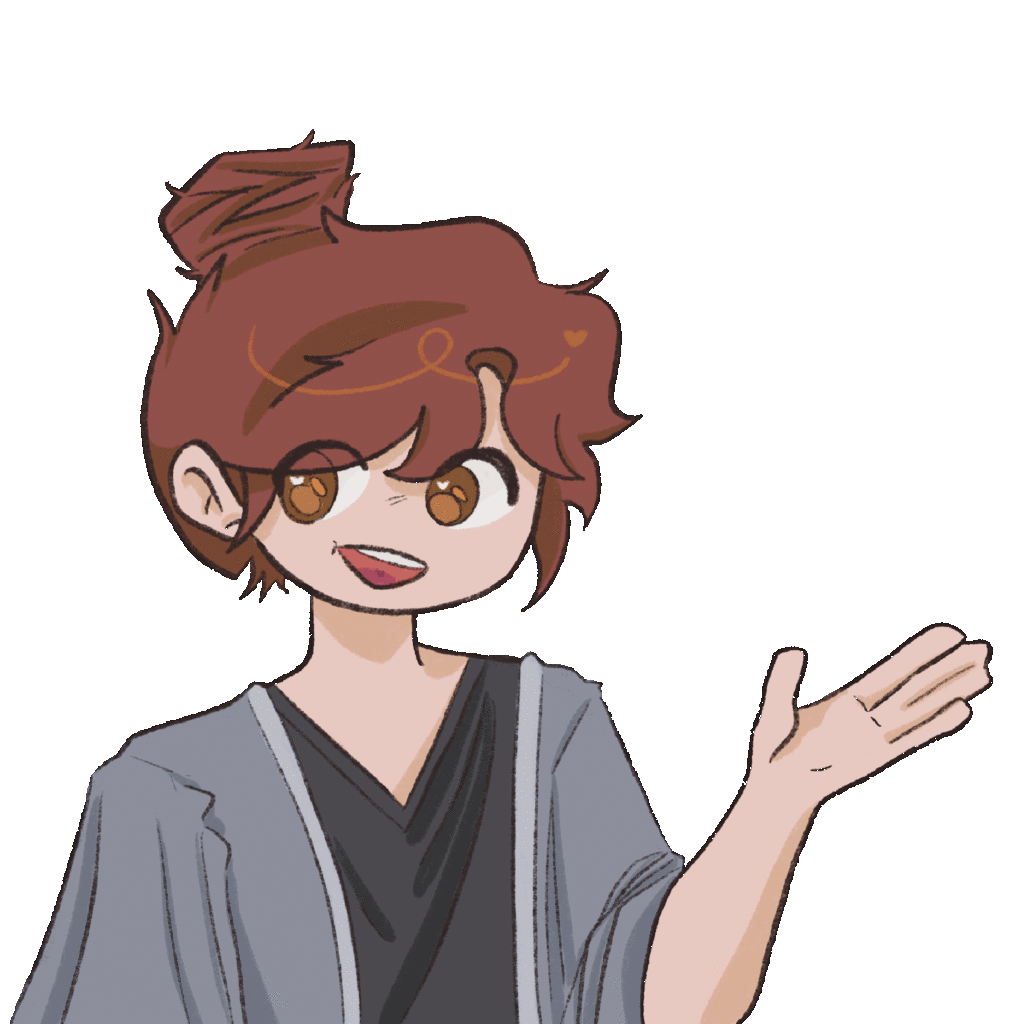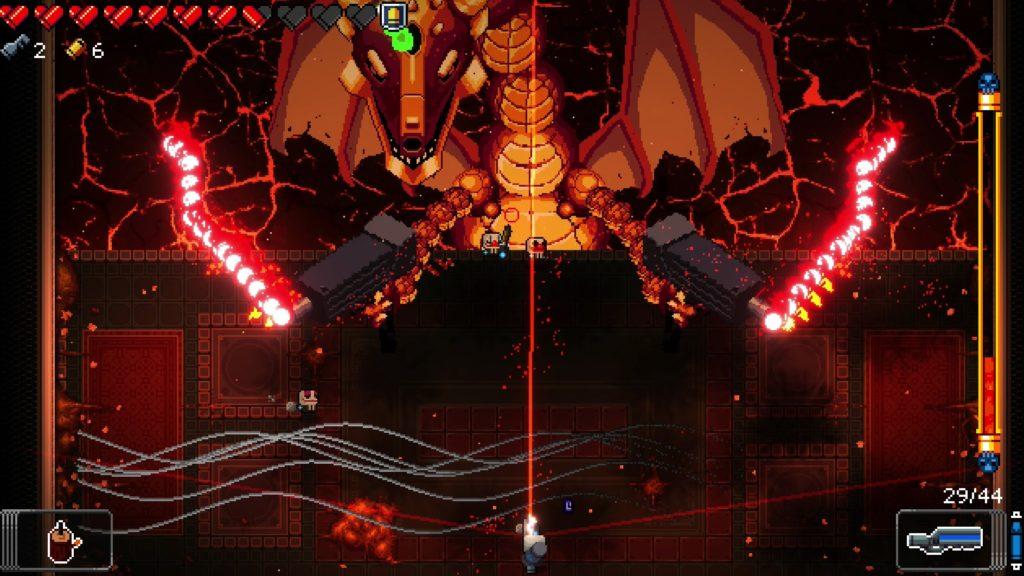This project was a fascinating design process for me. As only the second (kind of third) board game I’ve designed, I was absolutely delighted when the very first play test we did worked so well. Players were taking on the ethos of NIMBYers in Sunnyvale, CA and, through some goofy, fun role-play really seemed to connect with the game’s core message about the hypocrisy of people who support affordable housing as long as it’s somewhere else.
With the success of the initial mechanics, we decided that the best way to improve this game, since it was a teaching game, was to make it more accurately reflect the real world. This meant adding some complications regarding the terrain of the map, removing single-family housing (as NIMBYers are against construction of single-family housing as well, so including that directly in the game was tangential to our main subject of affordable housing). In my ignorance, I kind of thought we had the gameplay nailed and most of the work would be fine-tuning the teaching part of the game. But alas, everything is interconnected and when you bolster the teaching, you also mess with the play. In this case, we made the play worse.
It became more complicated. Higher fidelity printed and sleeved cards lacked the personality of the quickly hand-drawn cards. It became all about avoiding punishment with no reward. All of these combined to create a game that didn’t facilitate the fun fellowship of the first game, and without that kind of direct interaction with players in the theme of the game, the theming around the game didn’t matter–it turned into placing tokens on squares instead of finding reasons to block affordable housing.
I thought that if the cards became more themed we would return the game to its prior success. This assumption completely overlooked that the visual aesthetics of the game will affect the player’s experience less than the mechanics.
Together this taught me an extremely valuable lessons regarding game design–lessons which I’m sure I knew in theory but didn’t fully grasp in practice.
- Slight changes to mechanics can create major changes in aesthetics
- The mechanics of a game affect the game-play much more than the visual aesthetics of the game pieces
- Simpler games promote fellowship better than complicated, more strategic games
One last lesson that doesn’t quite fit with the others has to do with the difference between rules and procedures. I understood intellectually how they were litterally different, but I didn’t see what the significance of the difference was–they were both things that players do. But one of the biggest struggles with our game was getting players to remember to follow the procedure of taking a time-counter off of their projects during their turn. I was shocked how easy it was to forget to follow a procedure that exists outside of any strategy or communal event, and redesigning how that works for our final iteration of the game was perhaps the best change we made.




